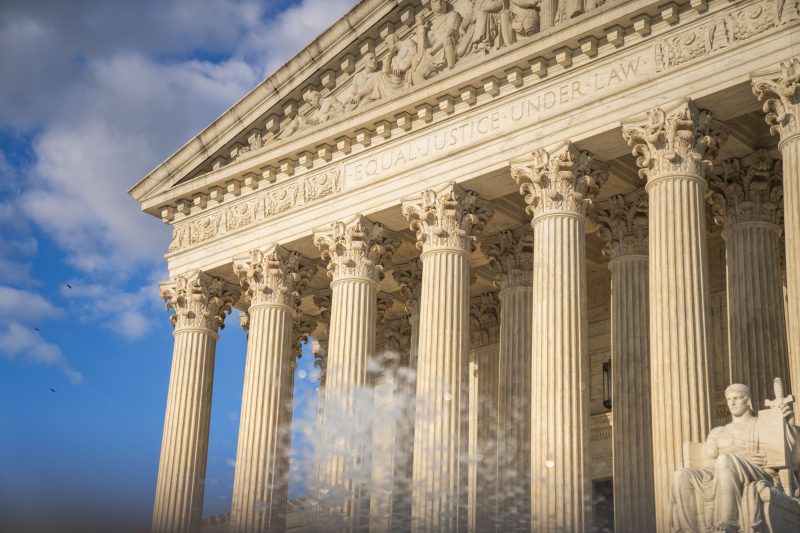San Francisco’s Ongoing Battle with the EPA over Sewage Violations
San Francisco is currently embroiled in a legal battle with the Environmental Protection Agency (EPA) over allegations of violating sewage regulations. The city is facing a potential fine of $10 billion for its failure to address issues related to its aging and overburdened sewer system. This clash highlights the challenges faced by major metropolitan areas in maintaining and upgrading critical infrastructure to meet the needs of growing populations and protect the environment.
The EPA’s lawsuit against San Francisco stems from concerns about the city’s sewer system’s ability to handle heavy rainfall and prevent sewage overflows into the San Francisco Bay and Pacific Ocean. The EPA claims that the city has been in violation of the Clean Water Act by allowing untreated sewage to enter these bodies of water, posing risks to public health and the environment.
San Francisco, like many older cities, has an outdated combined sewer system that carries both sewage and stormwater in the same pipes. During heavy rain events, the system can become overwhelmed, leading to sewage spills and overflows. The city has struggled to address these issues due to limited resources, competing priorities, and the sheer scale of the problem.
San Francisco has made some efforts to improve its sewer system, including investments in infrastructure upgrades and wastewater treatment facilities. However, progress has been slow, and the city continues to experience sewage spills and overflows during rainy periods. The EPA argues that more needs to be done to address the root causes of these problems and prevent future violations of environmental regulations.
The $10 billion fine proposed by the EPA has raised eyebrows and sparked debate within the city government and among environmental advocates. Some see it as a necessary step to hold the city accountable for its actions and force meaningful change. Others worry that such a hefty penalty could bankrupt the city or lead to significant rate increases for residents and businesses.
San Francisco officials are working to negotiate a settlement with the EPA that would address the underlying issues without imposing an excessive financial burden on the city. This process is complicated by the sheer scope of the problem and the need for long-term, sustainable solutions that will protect public health and the environment.
In the meantime, residents of San Francisco are left to grapple with the consequences of a failing sewer system and the potential impacts on their health and quality of life. The city’s ongoing battle with the EPA serves as a stark reminder of the importance of maintaining critical infrastructure and investing in sustainable solutions to protect our waterways and natural resources for future generations.
